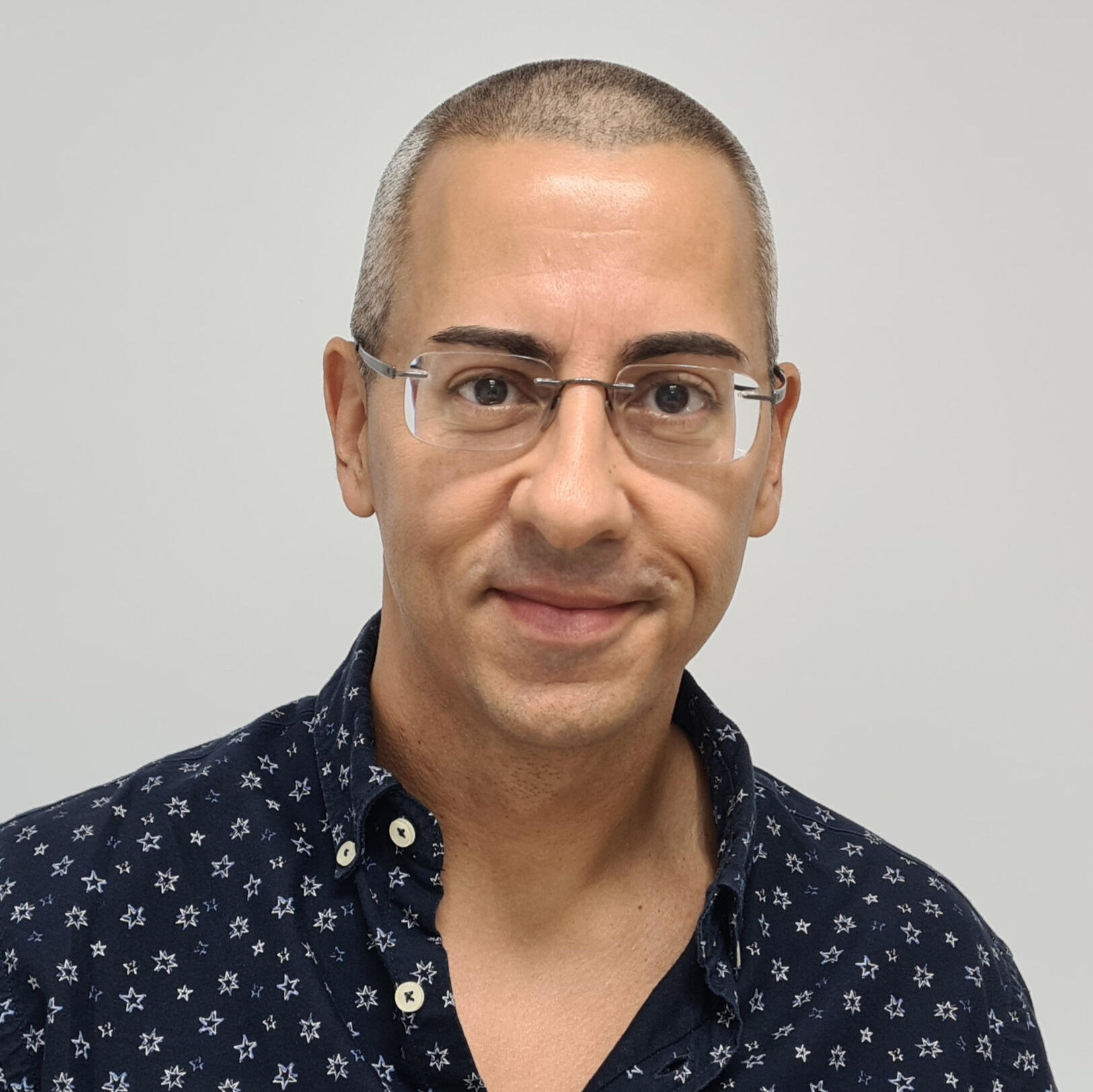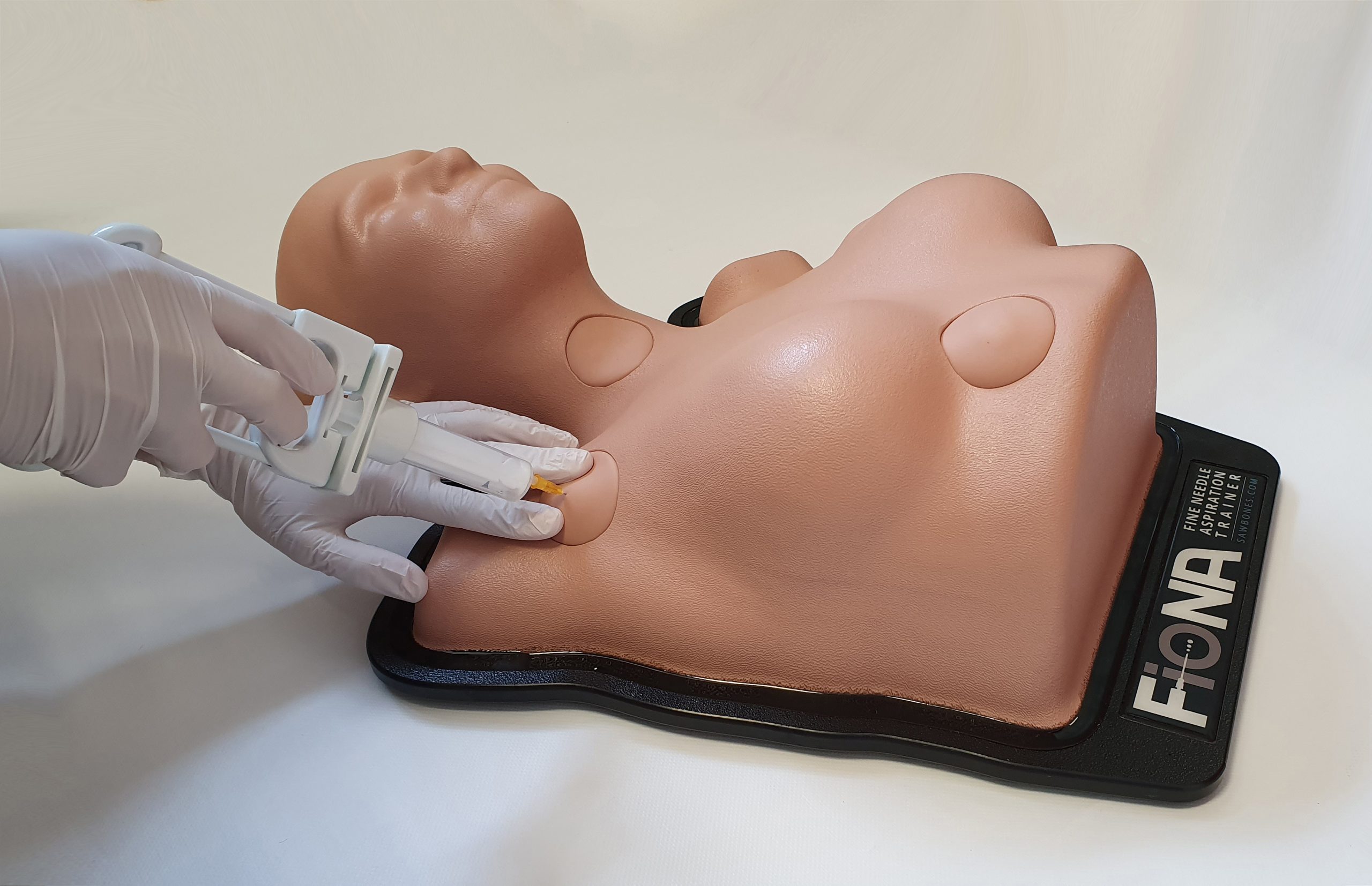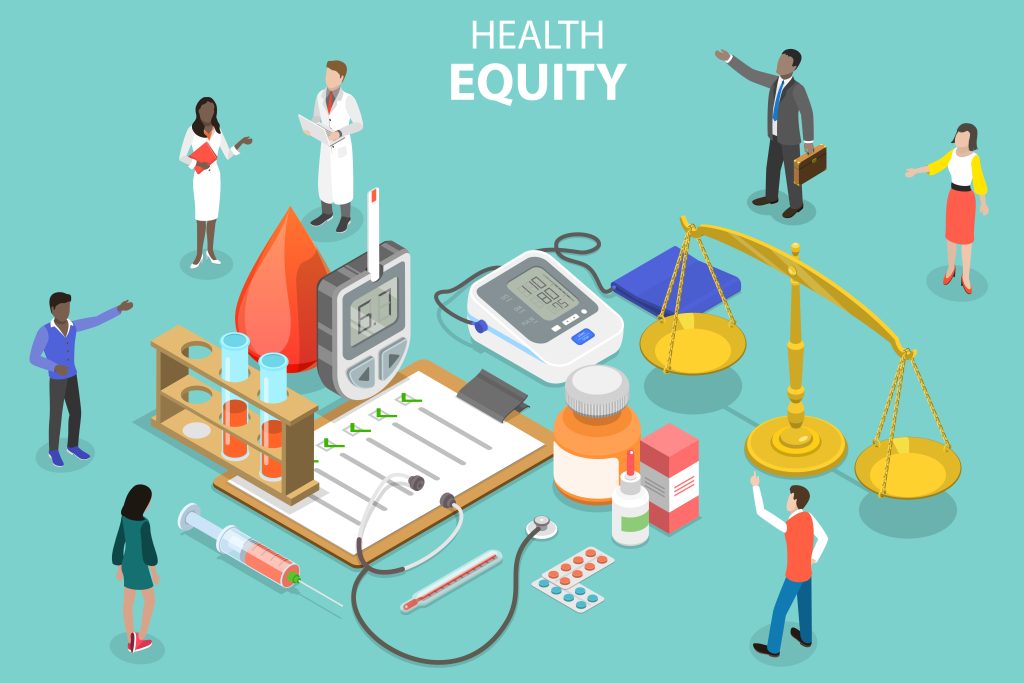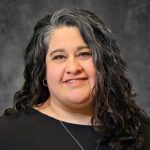FioNA is the first fine needle aspiration simulator. From the idea to its tenth birthday through the voice of its inventor.
It is now ten years since medical students joined our institution. It was very clear to me then (and I still think the same) that a hospital internship should offer students the opportunity not only to see what professionals do in their respective fields, but also to develop skills themselves. No more being mere spectators, “pots” or “plants”, as they say around here. So “hands out of pockets and no more arms folded”, active learning! I set my mind to it and concentrated on a section of pathology where we pathologists interact with the patient and perform a procedure on the patient. Despite the false belief that pathologists are only diagnosing under the microscope, handling samples or even performing autopsies, the technique of fine needle aspiration puncture (FNA) is still a common daily activity, in which we perform directly, by palpation, or with ultrasound, punctures on the body of patients, on lesions or tumours, to obtain samples and achieve their diagnosis, without having to perform more invasive methods such as a biopsy. This is a minimally invasive method, but it is not without complications and therefore requires training, preferably in a safe environment. And that is where I found that there was a lack of a simulator to teach and train the puncture, as it did not exist. I decided that every student who came to our hospital should learn the technique; a technique that we pathologists perform, but which is also used by radiologists, internists, endocrinologists, etc. I therefore considered it important, whether they finally decided to specialise in one of these specialties or whether they ended up as doctors requesting this technique, to learn about its potential.
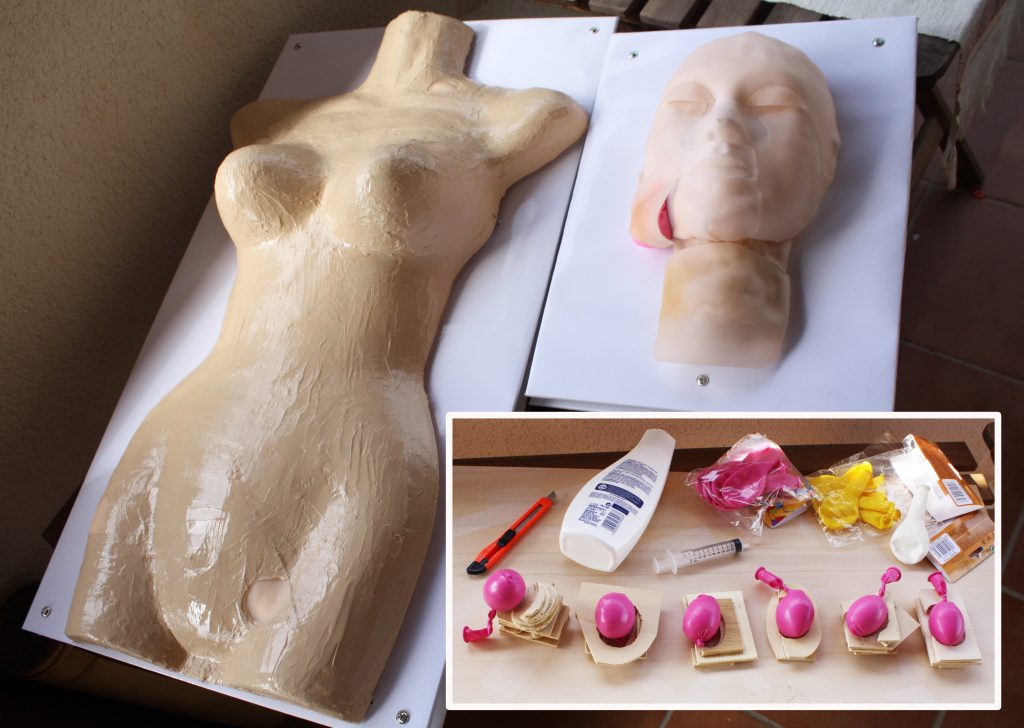
After giving the idea a lot of thought and making use of some manual skills inherited from my grandparents, both mechanics by profession, I began to design a head and neck phantom with “injuries “lumps” in the laterocervical and thyroid region using wood and a balloon system, and it was with this simulator that we began our practices in the 2013/2014 academic year. Later I decided to expand and create a torso that would include lesions in the axilla, mammary region, abdomen and inguinal area. In this way, and making use of different clinical contexts for each student, the skill is taught, considering all aspects: from the correct presentation and explanation of the procedure to the patient, the appropriate aseptic and antiseptic measures, to the correct performance of the procedure, including haemostasis. In addition, each clinical case is concluded with the microscopic findings that allow us to diagnose the patient, using digitised microscopic slides.
Well, after implementing this prototype, I decided to collect the perception of the students and the experience itself and present the results in pathology congresses (ICC, Yokohama 2015, USCAP, Seattle 2016, ECP, Cologne 2016, and, of course, also in Spain), education and medical simulation (AMEE, Barcelona 2016, SESAM, Paris 2017, SESSEP Madrid 2016, among others) and write a first article. In the meantime, I registered or patented the idea and started contacting the companies I knew: Laerdal, Limbs & Things, Nasco-Simulaids… but it was not an easy task. It was then when, while participating in the annual HPSN (Human Patient Simulation Network) conference in Florida in 2017, CAE staff told me about Sawbones, from Seattle. I contacted them and after several conversations they showed interest. It was then that we started an intense design phase, where I participated together with the engineers to launch FioNA (for Fine Needle Aspiration), the first fine needle aspiration simulator, after a year of effort. After its release, a second article was published incorporating the OSATS-type evaluation methodology (doi: 10.1002/dc.24105)) and we carried out a validation study, which revealed face, content and and construct validity, observing differences according to the degree of experience of the professional, when using this standardised training tool.
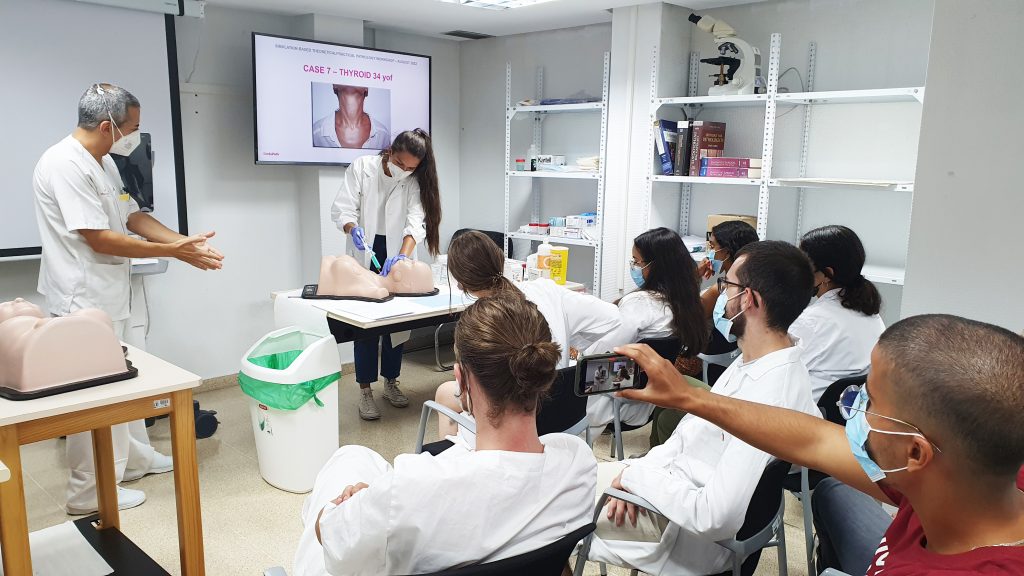
Currently, FioNA is in more than 40 institutions, including hospitals and universities around the world: in the United States, such as UCSF (San Francisco), UPenn (Philadelphia), or BIDMC-Harvard (Boston). In Europe, it is also in centres in Portugal, Denmark, Sweden and, of course, Spain. It is even in some centres in Asia and South America.
As I had no financial ambition whatsoever, I decided to give my royalties as inventor to the Spanish Society of Pathology to be used for teaching activities for students and resident doctors.
It is now, on the 10th anniversary of the birth of this idea, that I can, as a professional, find myself satisfied with this tool that allows trainees to train in a safe environment and without performing the technique for the first time on a piece of fruit (yes, that is how they used to train, believe it or not) or, even worse, on the patient.
READ ALSO


